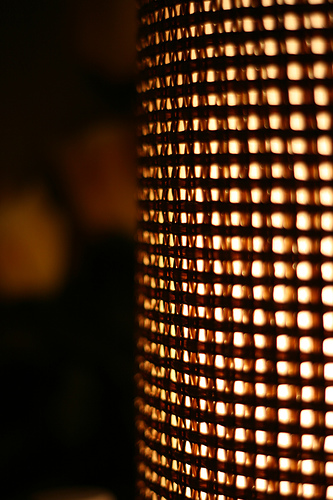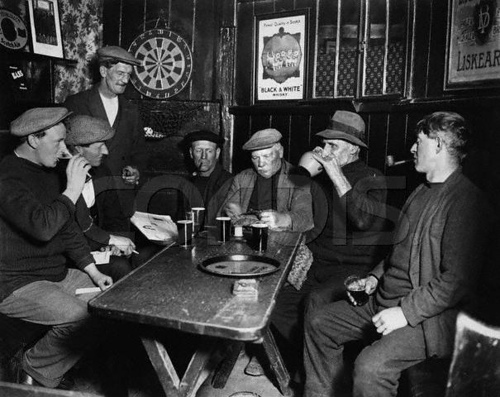
I went curling after hours at a rink owned by some friends of my cousin, out near Sidney.
- It was surprisingly fun, in the way that bocci, billiards and croquet are fun. Minimally-confrontational exercises in physics.
- So far I’ve never once been a fan of flattening large areas of land (parking lots, malls, golf courses…), especially land where I understand something about it having been colonized and occupied. It’s extra absurd when the flattening is done for sports. Non-cooperation overload.
- If I were actually into playing sports, I would set up a beautiful place to play for once. Rinks, fields, courses and courts are all so ugly! Wow. I wonder if spending time in artificially lit, flattened out, weirdly-proportioned, echo-y, energy sinkhole type spaces might be damaging on its own, even without the formalized competition and violence and the addiction to contrived adrenaline rushes. (Hi, I have fun ideas about sports!) Certainly people say that about office cubicles, that the ugliness is demoralizing, even without the bureaucratic hierarchy crap.
- And, curling was really fun. Pushing heavy things across ice with measurement marks is basically sensory play. Balance, momentum, angles, stretching, muscles. I bet curling kink parties would be fun.












